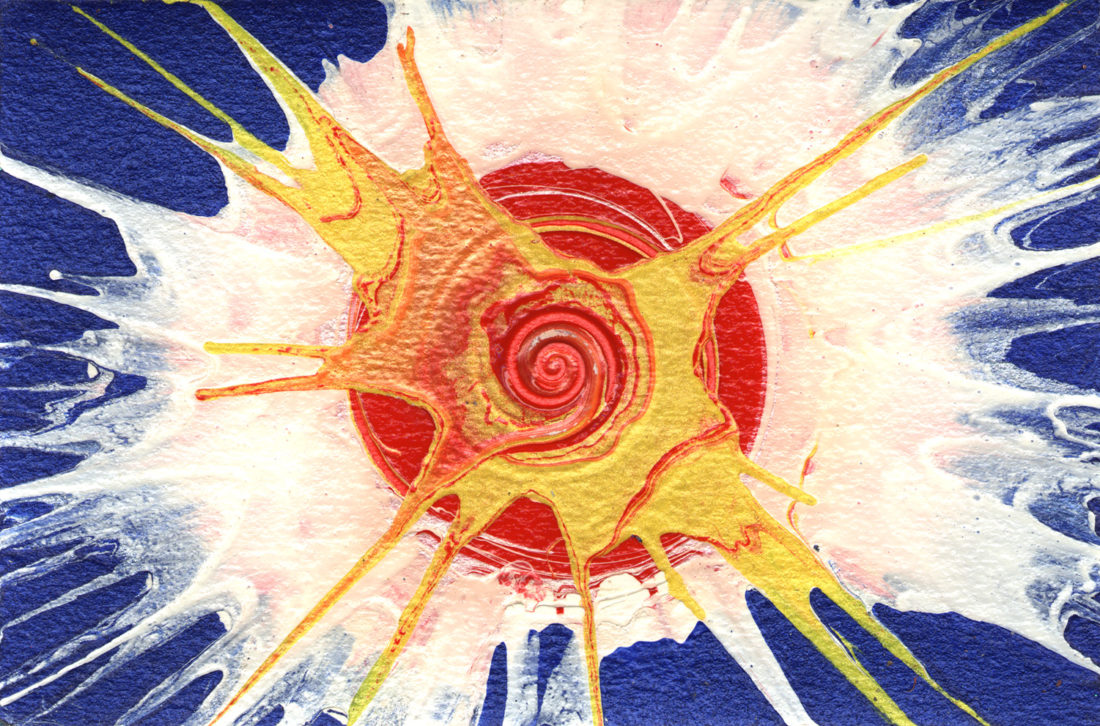Noteworthy periods in art history
Some people may act as if art is a superfluous aspect of modern existence, but the leading citizens of our civilization have never thought this way, as the inspiration that these masterpieces spur people spur on to greatness, no matter which station of life they occupy.
John Kleinheinz of the John Kleinheinz Hedge Fund thought the same way many years ago when he donated over one million dollars from his firm to the SMU Meadows School of the Arts.

Made with the intention of growing its art history school, it was his intention to help others better understand how self-expression has defined our species over the eons, and how it still plays an important role in modern discourse today.
In order to better understand this for yourself, we will briefly break down each of the most noteworthy periods in art history in the paragraphs below.
1) Prehistory and early civilizations
Unlike other aspects of human society, art has been a part of our communities ever since we became self-aware in the Stone Age.
Even though our distant ancestors didn’t have all the qualities that make us Homo Sapiens who we are today, they still had the compulsion to express their feelings and their daily activities by engraving them on the walls of their caves.
As impressive as these works of art are, massive megalithic stone circles like Stonehenge were this period’s most notable art installation.
Consisting of slabs weighing 25 tons each, art historians in the modern age are still baffled how they managed to erect these monoliths.
2) Egyptian period
It was the Egyptian period that gave us the first rich array of art forms in human history. From hieroglyphs to murals depicting the afterlife, as well as the elaborate sarcophagi that were crafted to ferry their Pharaohs off to the great beyond, there are numerous examples of art made to effectively communicate the wishes of a people hoping for an eternity of joy after death.
3) Greek/Roman era
After two millennia of dominance, the Greeks and the Romans began to emerge as competition to the early civilizations of the East.
During the heyday of these hugely influential empires, robust architectural styles and the idea of balance and proportion emerged, as did Roman pragmatism.
With a territory that stretched all the way to England by the 5th century AD, an extensive stock of these simple yet beautiful structures inspired builders to consider more than utility from that point onward.
4) Islamic period
Starting shortly after the founding of the religion in the early 7th century and stretching through to the apex of the Ottoman Empire, the Islamic period had more influence on art than most people in the West realize.
It was in this period where murals consisting of various geometric shapes where created on the walls of buildings throughout the Islamic World.
Created with mathematical precision, their mesmerizing appearance still evoke feelings of mystique that underpins life in this part of the world.
5) Renaissance era
The era that most causal art fans are familiar with, the Renaissance is when most of the paintings and sculptures that grace art museums around the world were crafted.
Masters such as Michelangelo and Leonardo Da Vinci are the best known of the lot, but there are countless others who embraced a mix of themes when making their masterpieces, ranging from Christianity to the re-emerging interest in technological advances which were shunned in the Middle Ages.









